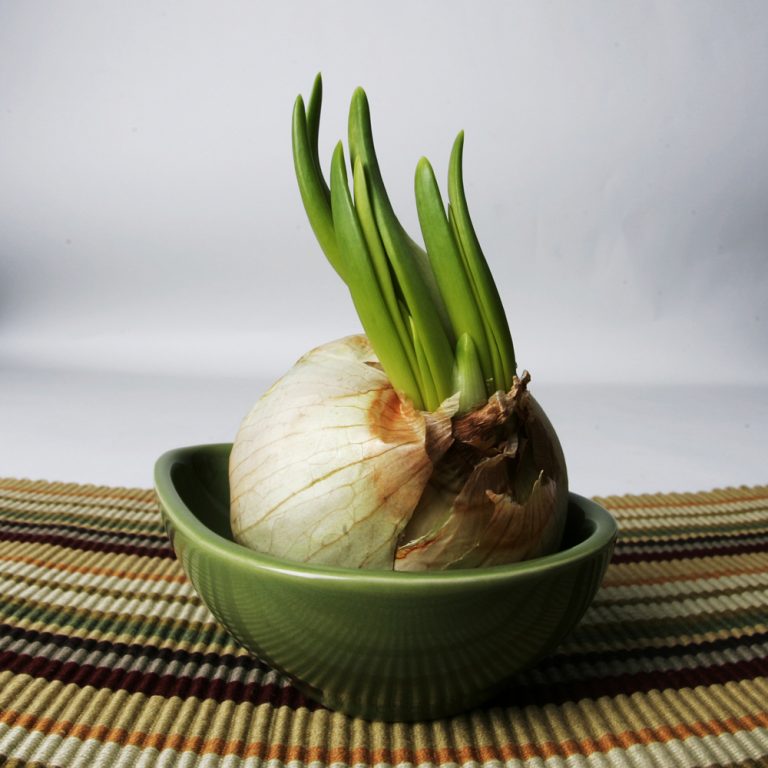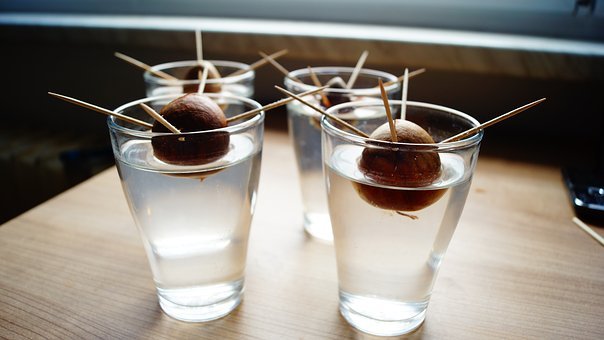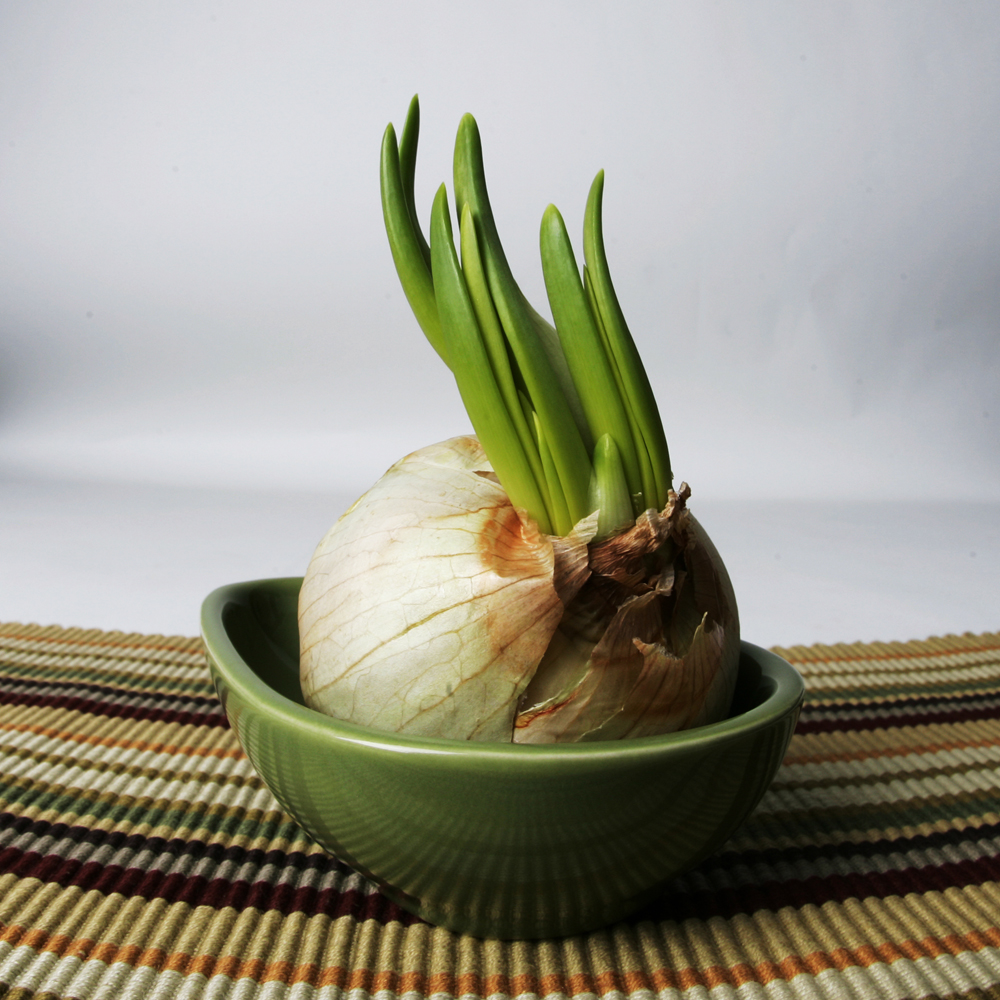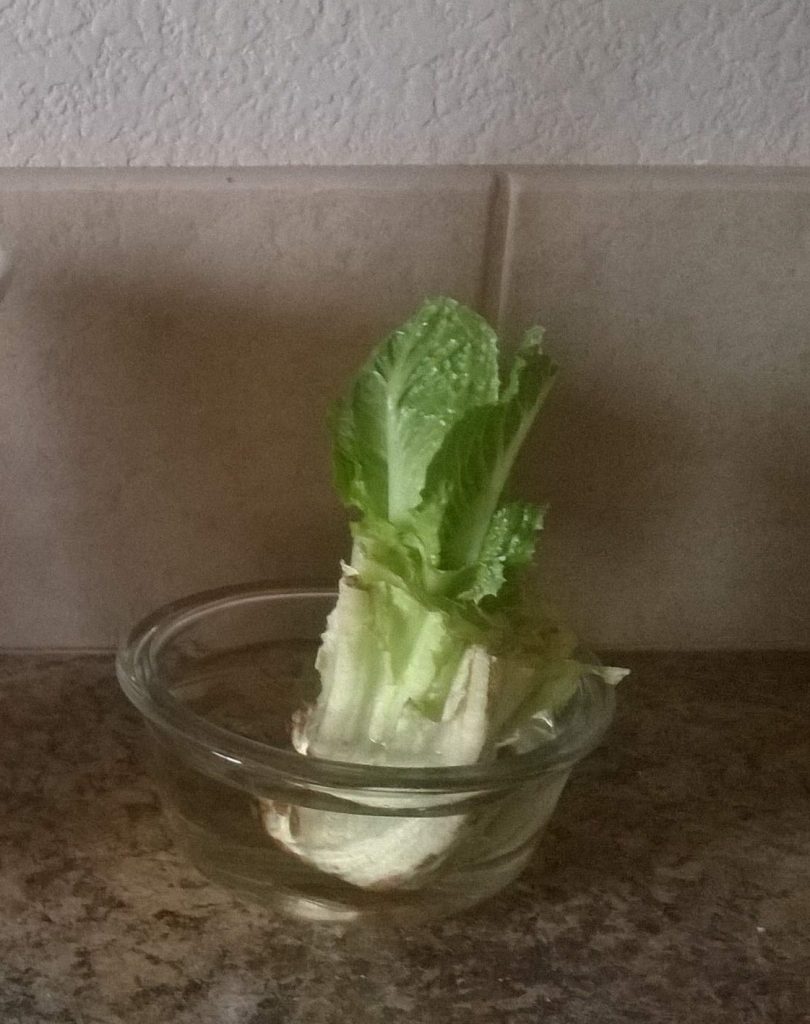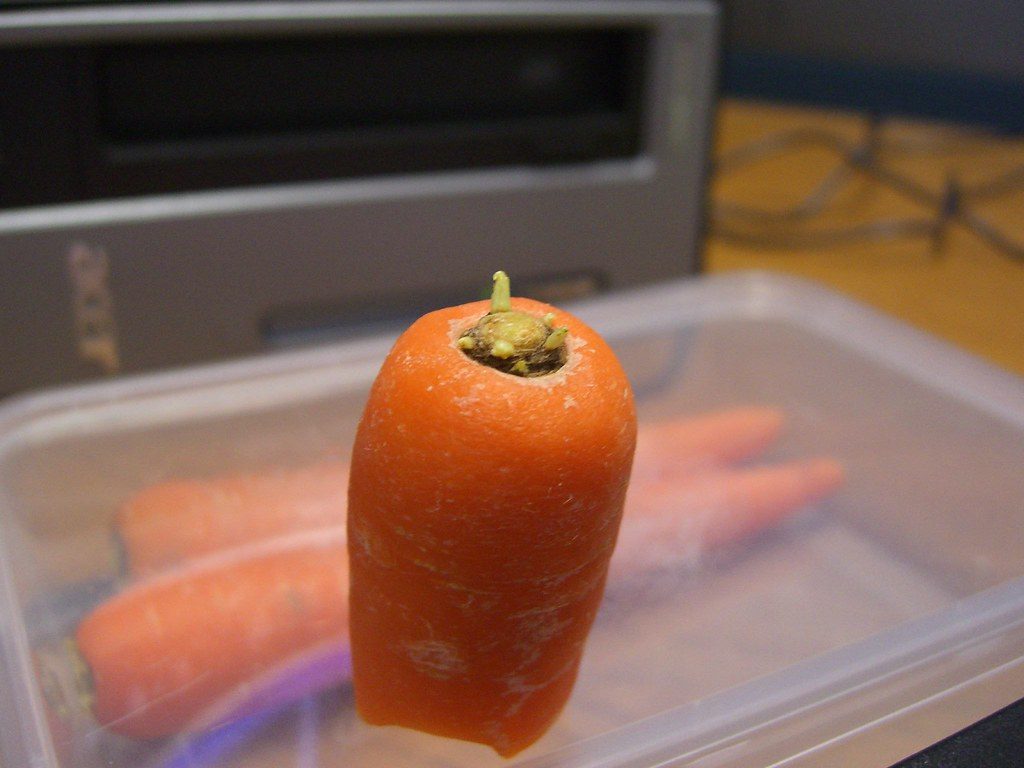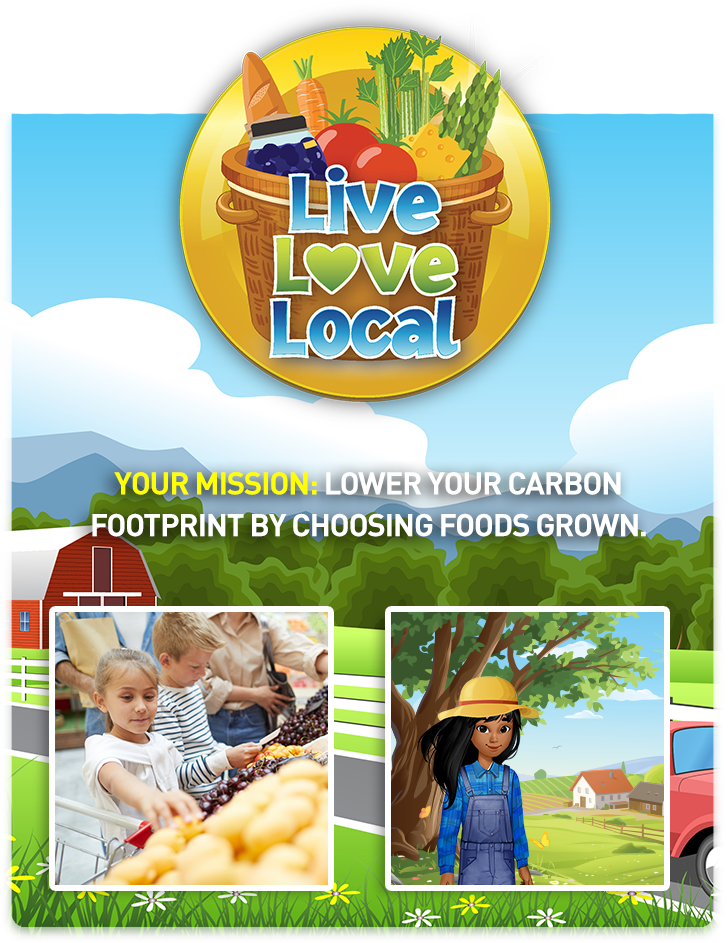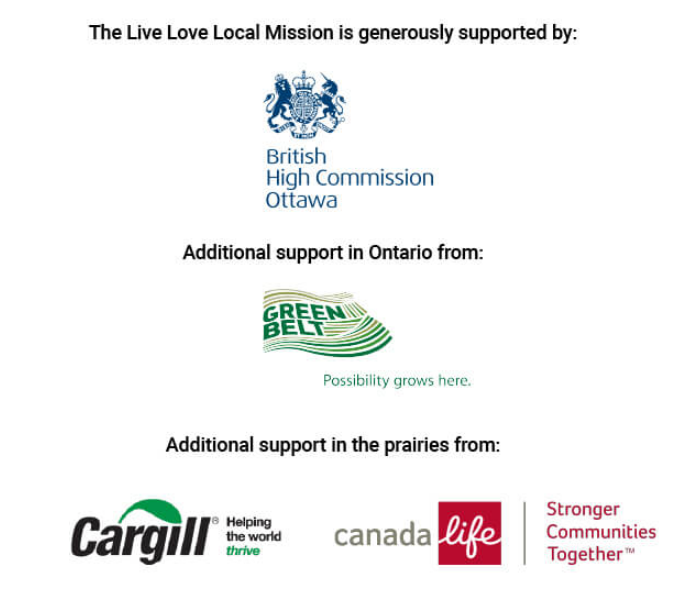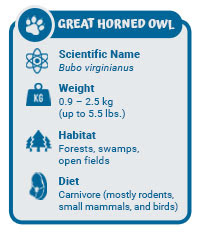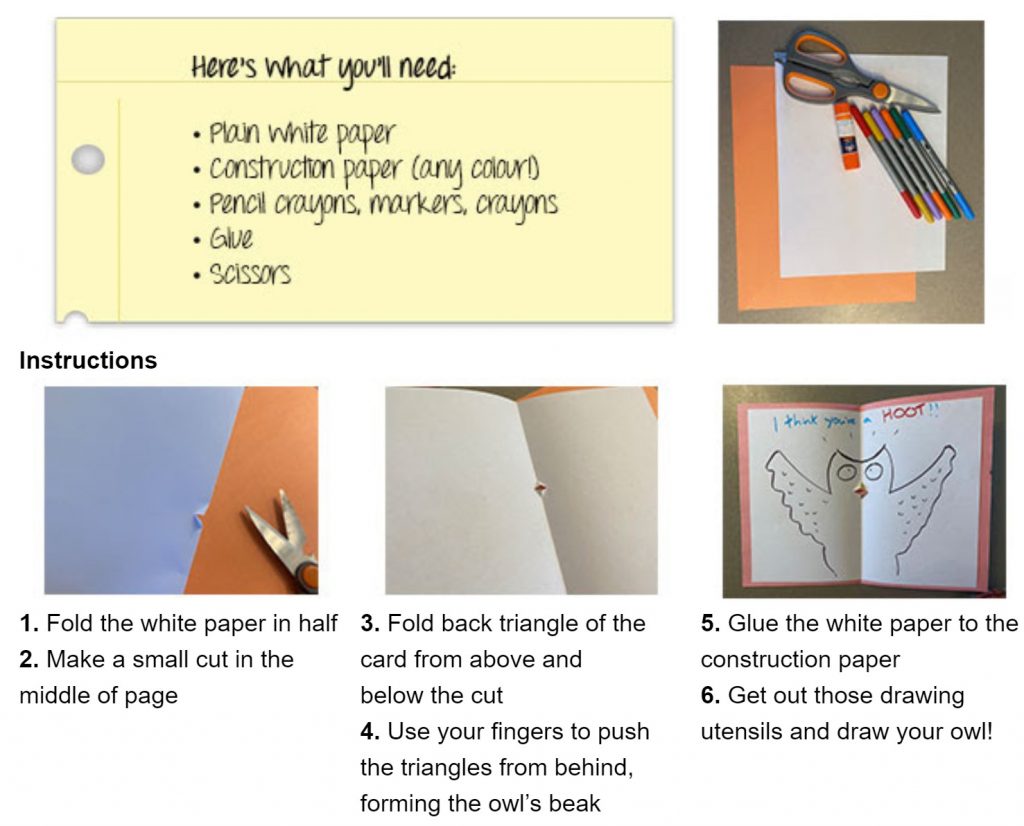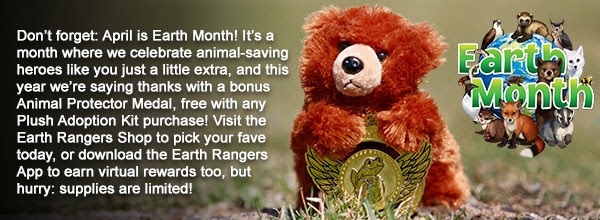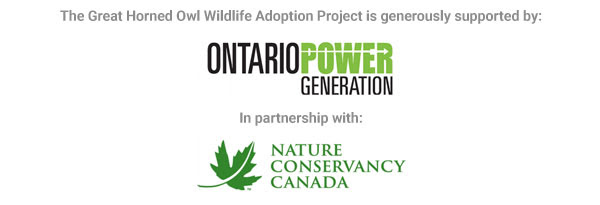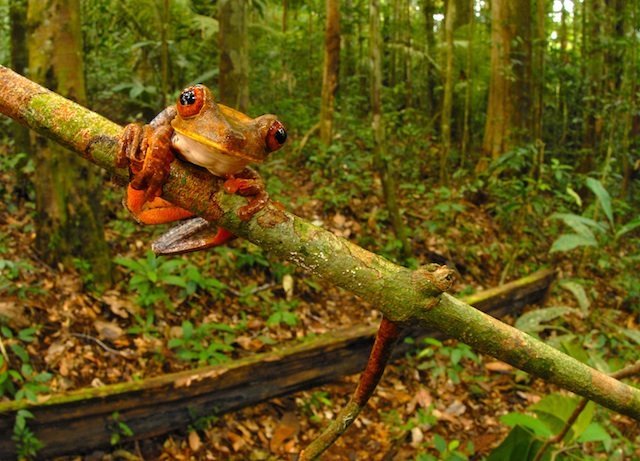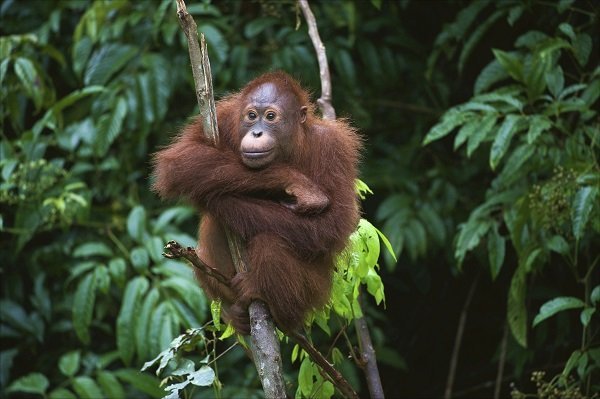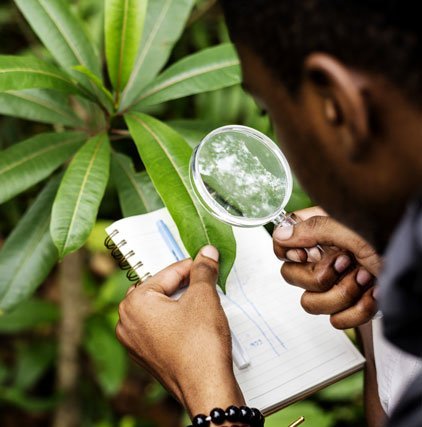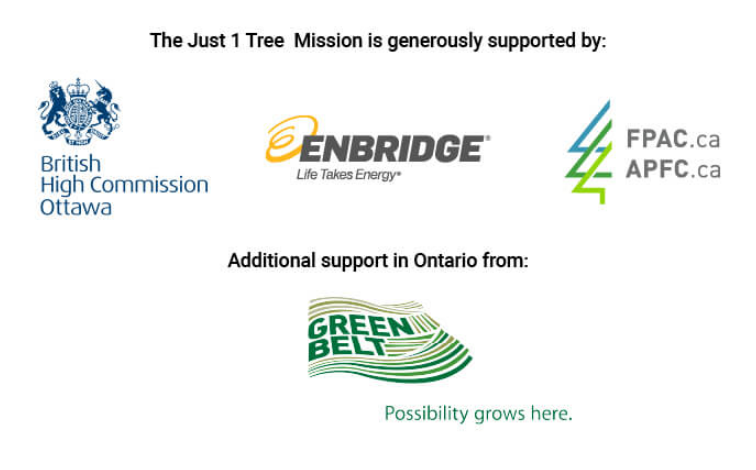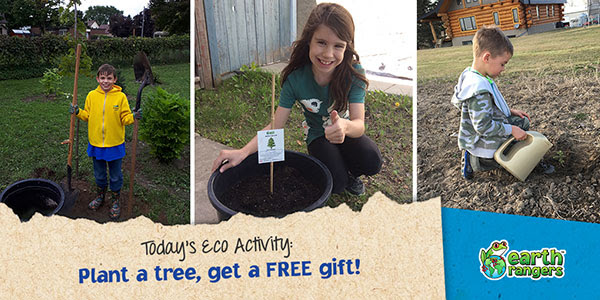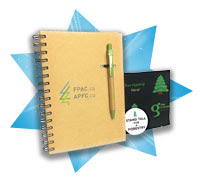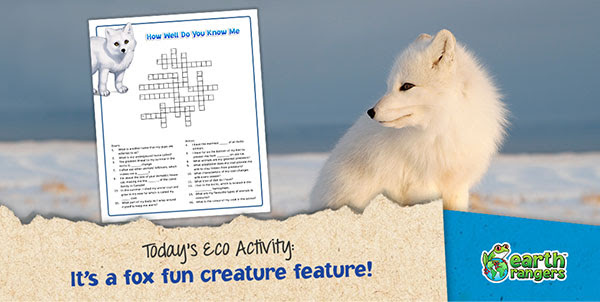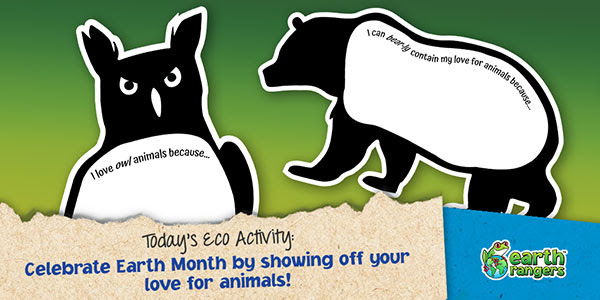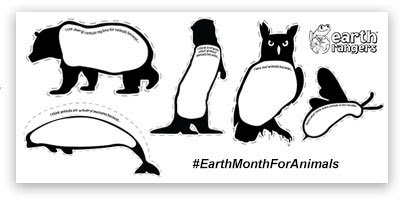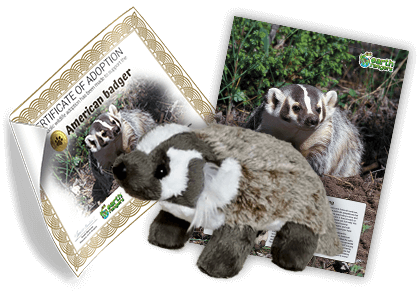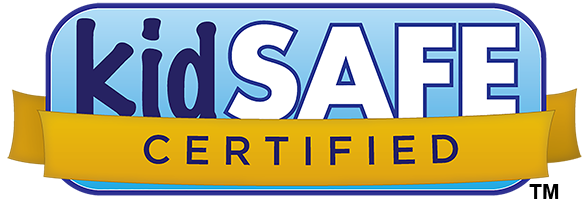Today is a special day – it’s both Earth Day, and our 50th podiversary! – that calls for a party!! Earth Ranger Emma celebrates by sharing some great conservation stories, fun games, and a brand-new Junior Wildlife Reporters report!
Click the play button on the player below to listen to today’s episode!
Last year, over 1,000 of you pledged to protect Wolverines, and you raised over $10,000 to help researcher Mirjam Barrueto as she worked to learn more about the Wolverines that make their homes in Canada’s Rocky Mountains. In today’s episode Emma talks with Mirjam about her work.
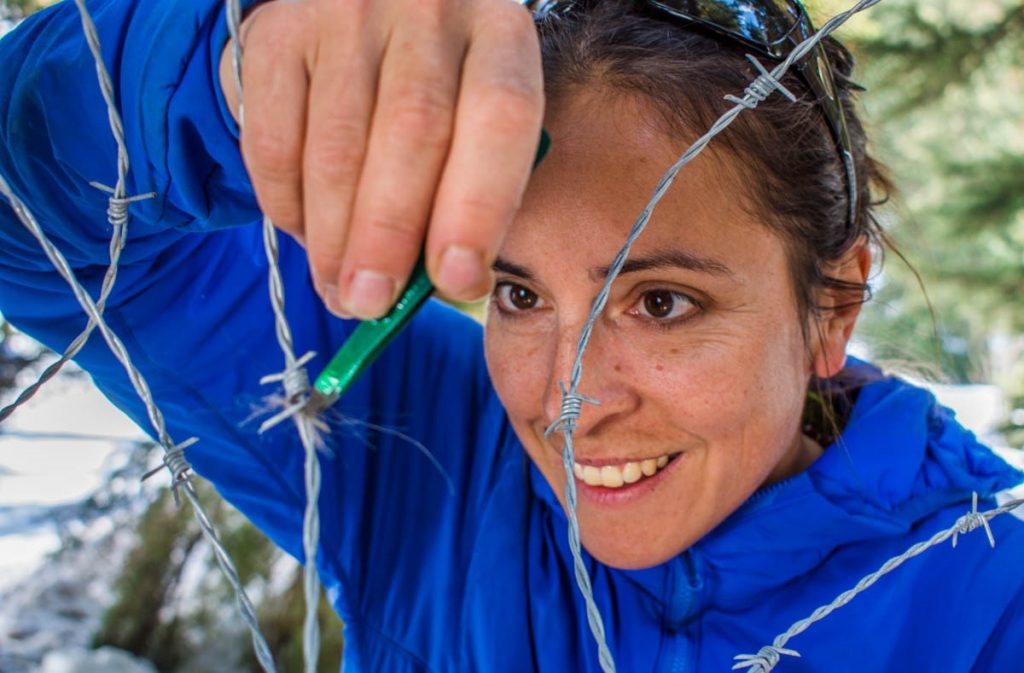
Want to learn more about the wolverine project? Check out this article. And here you can find our new adoption projects
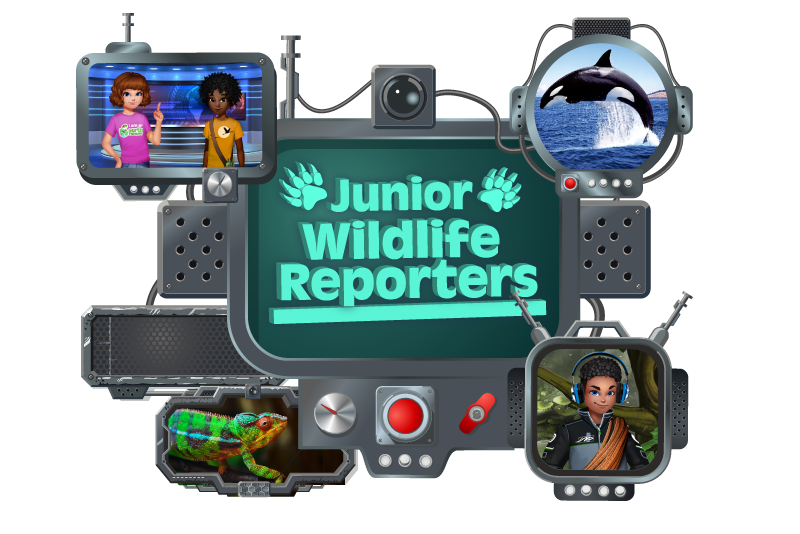
What is the most dangerous bird in the world? Junior Wildlife Reporters Lydia and Annalise will tell you about the Southern cassowary and why it is so dangerous. Check out its photo below (it’s real!)
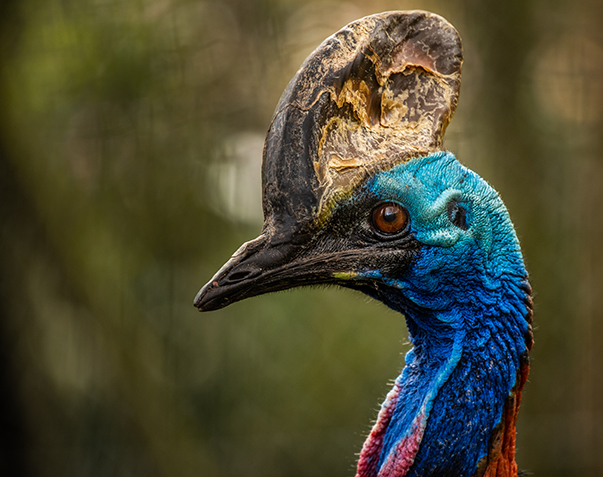
If you’ve ever wanted to be a podcast correspondent, here is your chance. You can create your very own animal report! It could be about your all-time favourite animal, with some cool wacky facts that nobody knows about them! Or it can be about some rare animals that most people would never have even heard about. Or cool conservation projects that happen in your neighborhood. You can even make your own quizzes, riddles and games. It is 100% your segment, but we will help you out a bit by adding cool sound effects! Ready? Click on the ‘Leave us a message’ button below!
By submitting a story before August 31st you’ll automatically be entered to the draw for a chance win an amazing Earth Rangers podcast bluetooth speaker!
We want to hear from you! Send us your Wildlife Report and it could be featured on the podcast!
You can send in a voice message by pressing the green button or use the voice recorder on a smart phone and ask your parents to email it to podcast@earthrangers.com
How did you celebrate Earth Day?
Did you hear about a cool conservation story?
Out of the last 50 episodes – which one did you like the most?
Share your thoughts in the comments below!





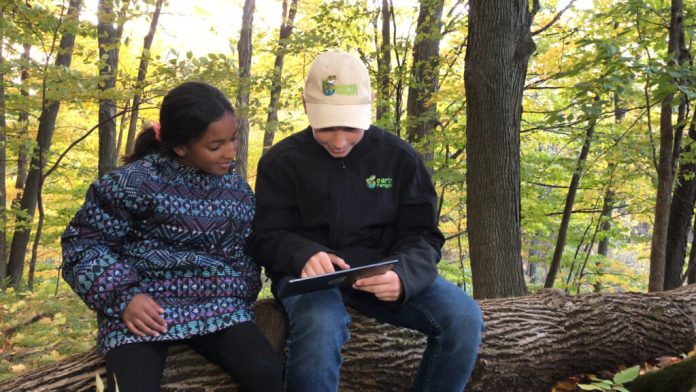
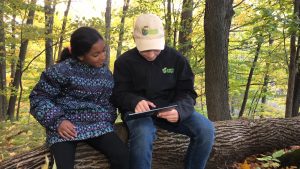 Ottawa, 21 APRIL 2021 – The British High Commission has today announced a new partnership with kids’ conservation organization Earth Rangers, to use app-based technology to empower and inspire Canadian youth to take climate action ahead of the UK hosted
Ottawa, 21 APRIL 2021 – The British High Commission has today announced a new partnership with kids’ conservation organization Earth Rangers, to use app-based technology to empower and inspire Canadian youth to take climate action ahead of the UK hosted 